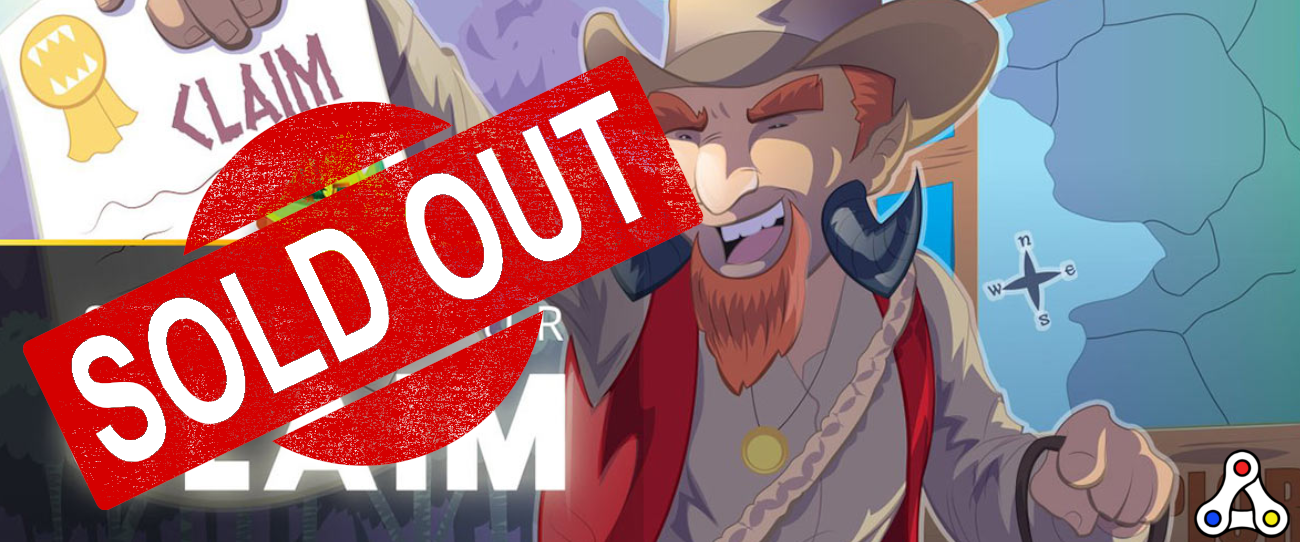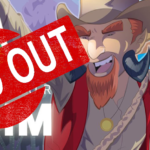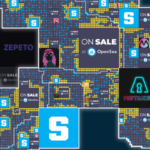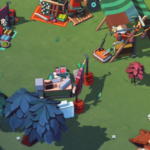Less than 12 hours after tweeting that there are 7,000 land plots left, Splinterlands sold out all 150,000 land plots on the continent of Praetoria. The last land plots were selling for $20 per plot, even though earlier pre-sales offered land with a 50%, 40% and 30% discount.
The first wave of land parcels for Splinterlands sold out within seconds when it launched in November. After this sale, a second one took place around the end of November, followed by another one in December. With each sale, the discount dropped and the price of land went up. In March Splinterlands brought their land sale to the Wax blockchain, thanks to some bridging technology that allowed interoperability for trading NFTs.
Splinterlands is a trading card game with idle tactical battles, and therefore virtual land may seem a bit odd. However, the developers will add a whole new mechanic to the game. Players will need resources from land parcels to create potions that gives their team a boost. Applying potions will be part of the battle preparation, alongside picking your summoner and cards.
By the way, you can still buy land. But you will need go to Atomic Hub on the Wax blockchain, or Hive Engine on the Hive blockchain.
Different lands, different use-cases
On the continent of Praetoria players will find fourteen different terrain types, ranging from plains, hills and swamps to lakes, deserts and badlands. In addition these plots can be natural, magical or occupied. The majority of lands will be natural, containing grain, wood, stone or ore. These resources are needed to build, upgrade and maintain buildings. Magical lands provide magical resources, based on the six Splinter magic forms. These are required components to create items and spells. Thirdly, occupied land contains monsters to battle. After defeating them (card-based gameplay!), players earn Essences. That’s another required item for creating items and spells. Finally each land plot has a rarity, which determines the amount of available resources.
Each plot of land can contain one building. Constructing and upgrading a building requires natural resources, and players can speed up construction time by spending their DEC tokens. Landowners can destroy a building freely, to receive some of the used resources. In order to make a building function, players need to deposit a worker. This can be any card in their collection. However, which card you use influences the RNG when minting Items & Spells.
Governance and castles
Lands will provide resources and the opportunity to store or use these resources. Regions function as a state within a larger country, and a Region provides infrastructure for transport and other services. They will charge fees though to plots and tracts. Governance for the region happens through voting, and each plot gets one vote. Owning a tract gives the owner 10 percent of the votes in a region.
In each region there’s one plot of land with a castle, in addition each tract contain a keep. These are special buildings, but their functionality hasn’t been revealed yet. In short: each region has nine keeps and one castle, each tract has a keep and a ten percent chance for a castle, and an individual plots has a 1 percent change for either a Keep, and one in a thousand chance for a castle.
What is Splinterlands?
Splinterlands is a trading card game that started on the Steem blockchain as Steemmonsters. However, over time the project changed names. Now gamers can play the game on desktop and mobile devices, mainly using the Hive blockchain. Thanks to an intelligent functionality, cards and tokens can also be traded on the Ethereum blockchain and on Wax.
Splinterlands allows anybody to play and earn cards and other resources. Players need to create a set of cards to defeat their opponent. Cards come in different rarities with seven different stats. In addition these cards have abilities and come from seven factions. The way cards work together is dependent on all these different attributes.
Players earn cards by winning matches. They can combine cards to gain levels. After that you can sell cards on the open marketplace for cryptocurrencies, or lease them to other players. The most rare cards are wanted assets, especially when there are tournaments.
Aside from the implementation of land gameplay, resources and potions, Splinterlands has another exciting development. Two weeks ago they announced their governance token. Players who own land, cards, DEC tokens or other assets, will be eligible for a daily airdrop of SPS tokens for one entire year. Every day the system will calculate how much SPS someone is eligible for. For example, rare cards will give get you more SPS.
Curious how to earn money playing Splinterlands? Read our guide and create your free account on splinterlands.com.





